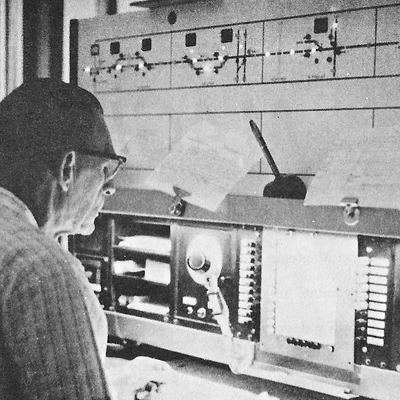Evolution of Operational Control

According to 14 CFR §1.1 operational control means “the exercise of authority over initiating, conducting, and terminating a flight.” Holt and Poyner (2016) state “someone other than the pilot-in-command is involved in the decision making as to whether a flight starts, how it is conducted, and how and where it terminates” (p. 42). An October 13, 1937 paper by Larry C. Fritz of TWA outlined the earliest record of this type of control: "The pilot has decided whether the flight can be made with absolute safety and if the flight dispatcher is of the same opinion plans can be made for the flight…If [the pilot] is in doubt as to the safety of the flight he may telephone the flight dispatcher and discuss the flight with him prior to making his decision. Thus he has checked his own decision at least twice with his consultation with meteorologist and flight dispatcher…The pilot reports any variation from normal routine in flight and if the dispatcher believes a departure from the calculated flight plan is advantageous, such as landing at an intermediate field, he issues orders for the pilot to land…the decision of the pilot and dispatcher are identical. Their first consideration is the safety of flight." (pp. 279-281)
This new concept of operational control meant that the pilot-in-command was no longer the only authority on the operation of each flight. Through operational control, the dispatcher’s authority was now equal to that of the pilot. By 1940, operational control at American Airlines required “the captain and the flight superintendent on duty must be in complete agreement regarding the procedure of each trip before an airliner can take off. Either man can cancel a flight on his single authority” (Gann, 1940, p. 88).
Although airlines introduced the concept of operational control in 1937, the task of putting operational control into daily practice rested in the hands of dispatchers and flight crews. Through several accidents in the late 1930s through the 1940s, airlines learned the necessity of establishing procedures to incorporate key operational control concepts into their operations.